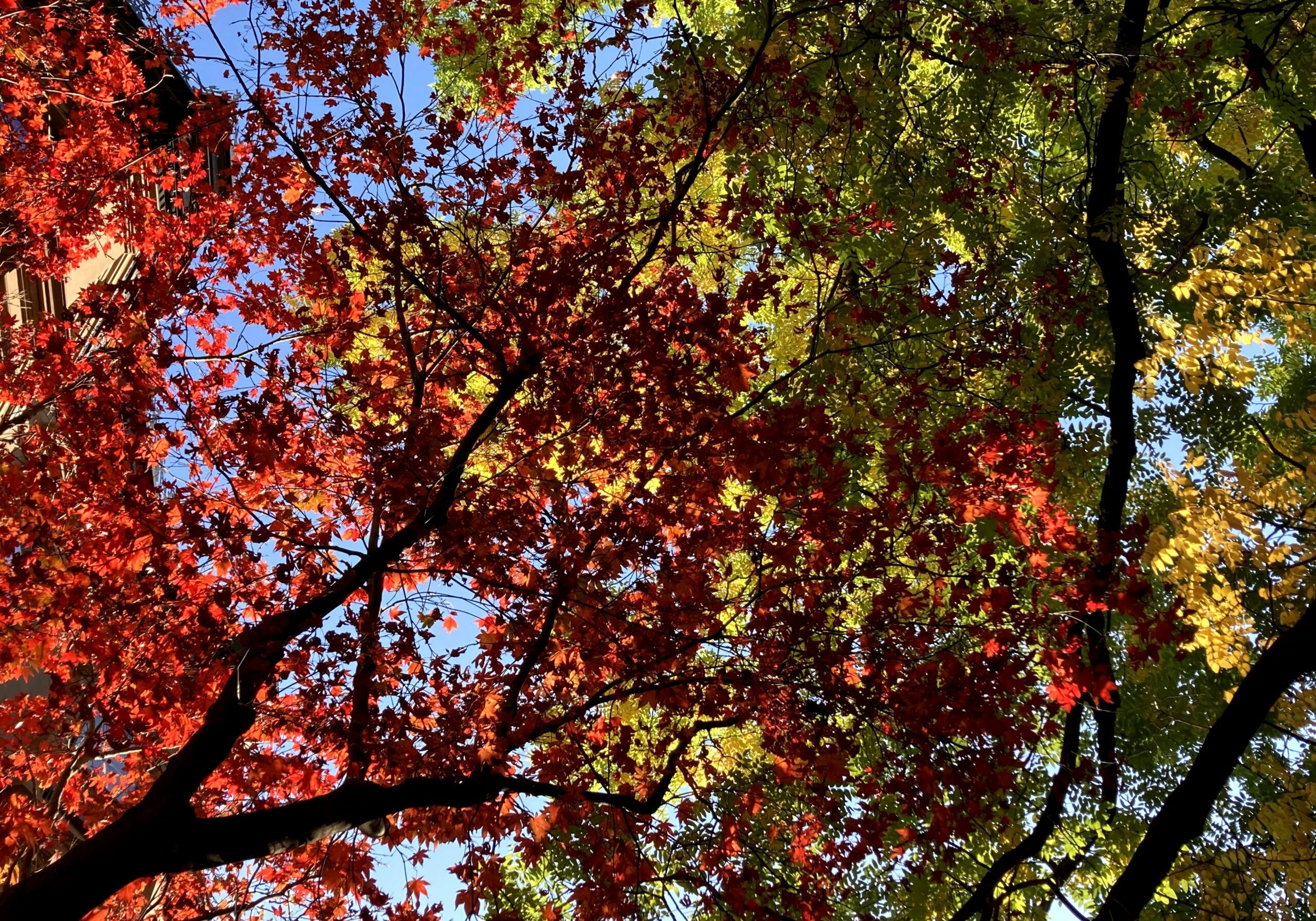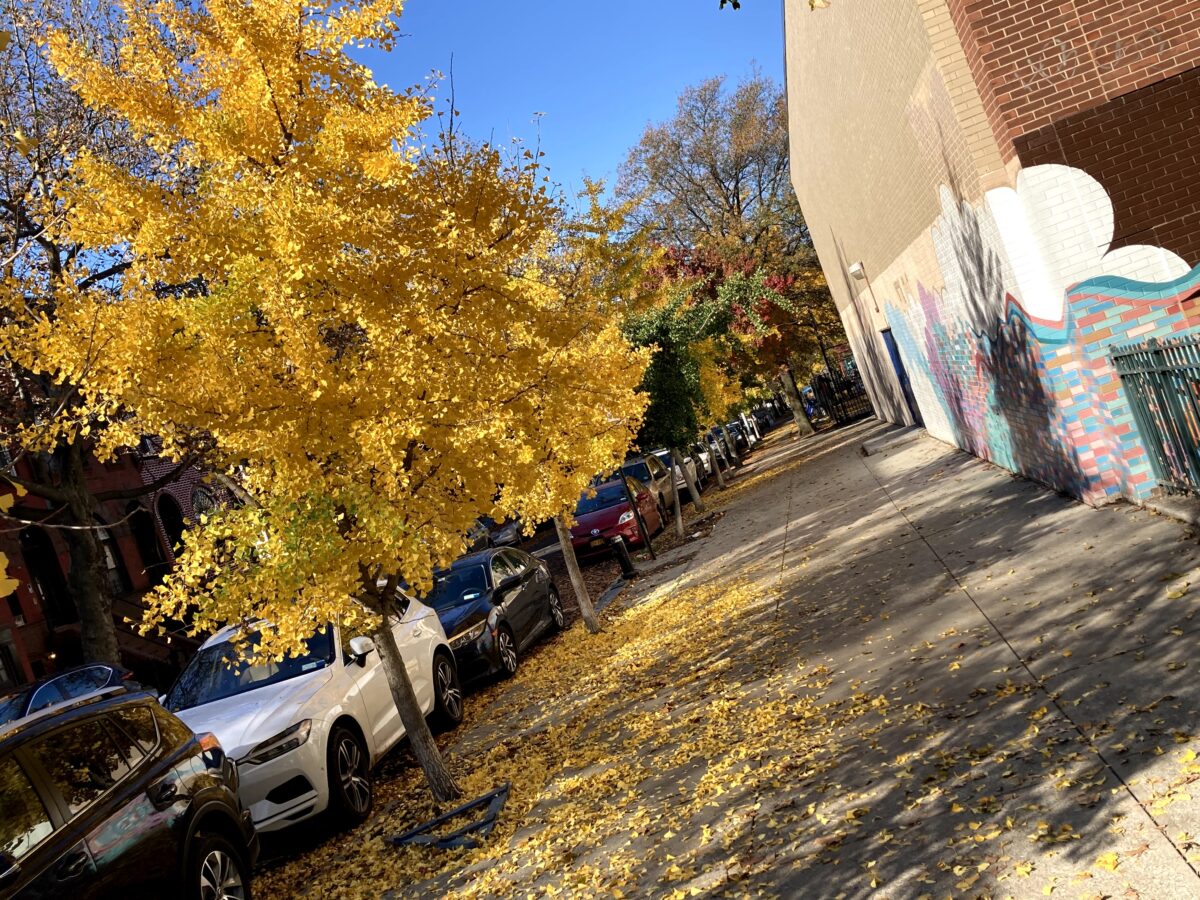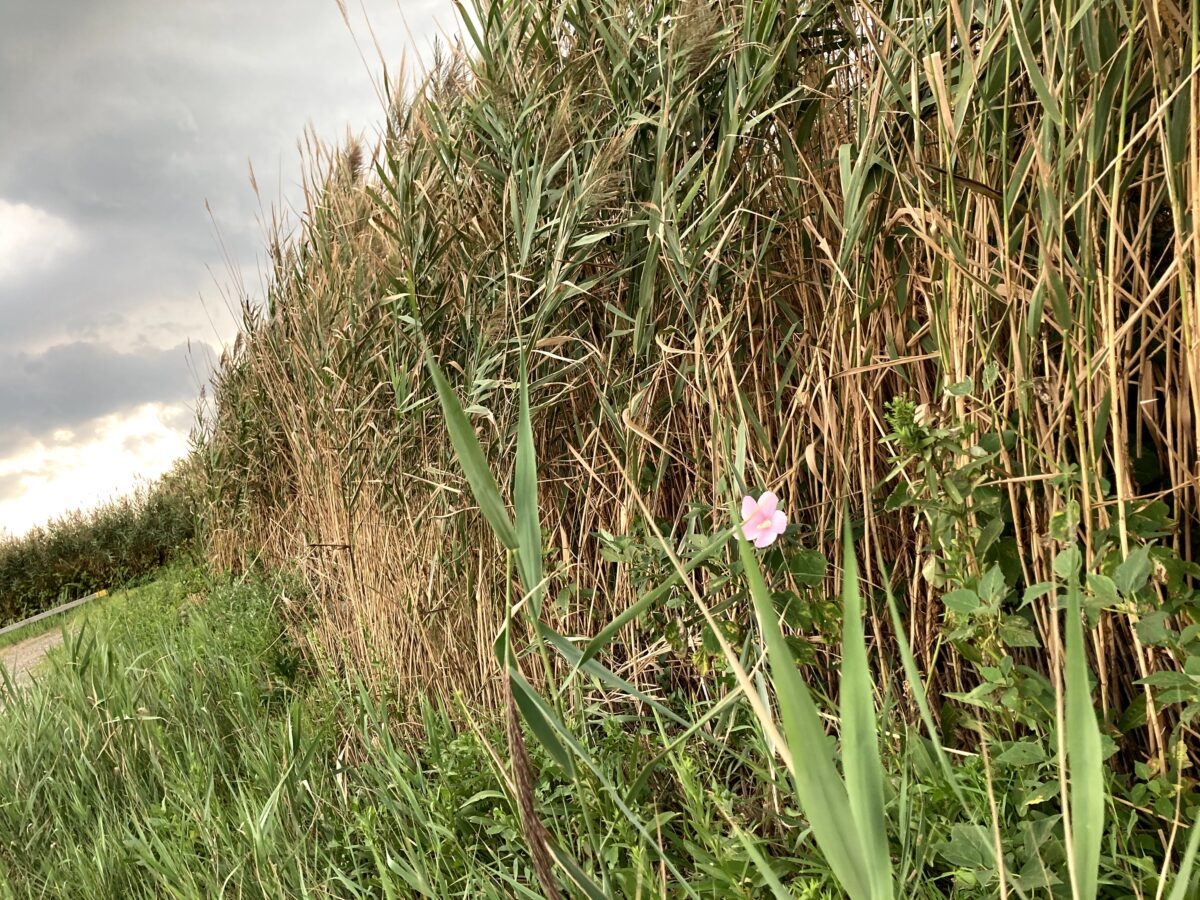November 18, 2022
On this day I saw this thing, and it was beautiful

The creative process is something that most artists have deemed mysterious, complicated and exhausting.
And these are the people who do this stuff for a living.
I’ve heard dozens of bestselling authors, screenwriters and musicians bemoan how their occupation as creative people is absolutely brutal, and great work only comes from great pain.
But what if there was simpler, calmer way? What if there was an intention with which we could approach our art that didn’t make us want to blow our brains out?
T-Bone Burnett, the award winning producer, filmmaker and musician, summarized it eloquently with the following passage in his memoir:
All artists do is mark things. They will say, on this day I was on this road and I saw this thing, and it was beautiful. Now I’m going to mark it so you don’t miss it when you’re going by.
Imagine if you treated your own creative work with that kind of intention. You’re simply here to mark things. The work is your documentation of all you notice as you walk through this world.
Come to think of it, that’s become my essential approach to writing music as I’ve gotten older. Much different than being in my teens and twenties.
Here’s the process.
Every day I write essays like the one you’re reading right now. Documenting my experiences and observations, unearthing my feelings and thoughts attached to them, and developing ideas for what to do in response.
Marking, as it were.
Many of those essays become songs. Words get extracted and culled into lyrical form, and eventually they’re matched up with melodies to bring them to life sonically.
What’s cool is, this process is vastly different from my historic approach to writing songs. It used to be less intentional and more sporadic. Here is what would happen for about the first twenty years of my musical life.
Songs would be treated as the emotional ground zero. Music would be the initial container into which I would hone my darkest fears and deepest longings, although I would never quite know what those were until the song was done.
I would essentially wander around on the guitar until something started to present itself. Once the melody caught my ear, I’d write the lyrics to accommodate it. The song was my way of uncovering how I felt about my life and the world.
Now, that process worked for many years, and I’m deeply proud of all the songs I composed, even if I don’t play the vast majority of the old tunes anymore.
But more recently, my creative approach has inverted. Now the feelings come first. These days, I spend a good hour or three getting very clear on what emotions are running through my system in the moment. And once that problem is solved on paper, then it’s time to bring it to life sonically as a three dimensional expression of the truth I’ve worked to understand.
The essay becomes a sort of language bank and emotional source code from which a song organically grows.
This method ultimately makes my songwriting process faster, easier, simpler, more specific, and almost guaranteed to be authentic in its emotional content. Because I’ve already done the prework of figuring out how I feel about something.
The song is simply the artifact. It’s the mark.
How has your creative process evolved as you’ve matured? Have you ever taken the time to reflect on this aspect of your work?
It’s a fascinating experiment. What’s more, it’s a reminder that while hard work may be the process of getting better at things, discipline is the process of learning how you learn things.
Both of them are important to artistic growth, but only a small percentage of creators do the latter. It’s a core reason why being prolific is such a struggle for people. Because even if they are willing to put in the hard work to learn oil painting, guitar picking, tap dancing or standup comedy, what they lack is rigor around honing their own process.
You’ve got to save some creativity for yourself and embrace the privilege of having yourself as a client, as my mentor used to say. And if you’re not willing to dedicate at least some portion of your time understanding your own processes, then it will become hard replicate and repeat them consistently.
Now, you may be rightfully concerned:
The act of trying to figure out how the sausage is made will contaminate the result. It will kill the magic. The harder you chase after what you want, the more it will deny and elude you. Better to just sit back and relax and allow it to be organic and land softly on our shoulder.
Let me just state for the record, that approach isn’t bad or shameful. There is no right or wrong way to make things. Many amazing works of art have been produced via that very process. It’s just that when you’re willing to put some more rigor around your own systems, it enables you to reach new levels of output and expression in your work you could never attain otherwise.
Doing so may feel like limiting yourself, but the reality is, constraints are liberators. Your limitations are the containers into which the juice gets poured.
If you had more infrastructure and machinery inside of your creative process, how much more great work would you be able to kick out?

